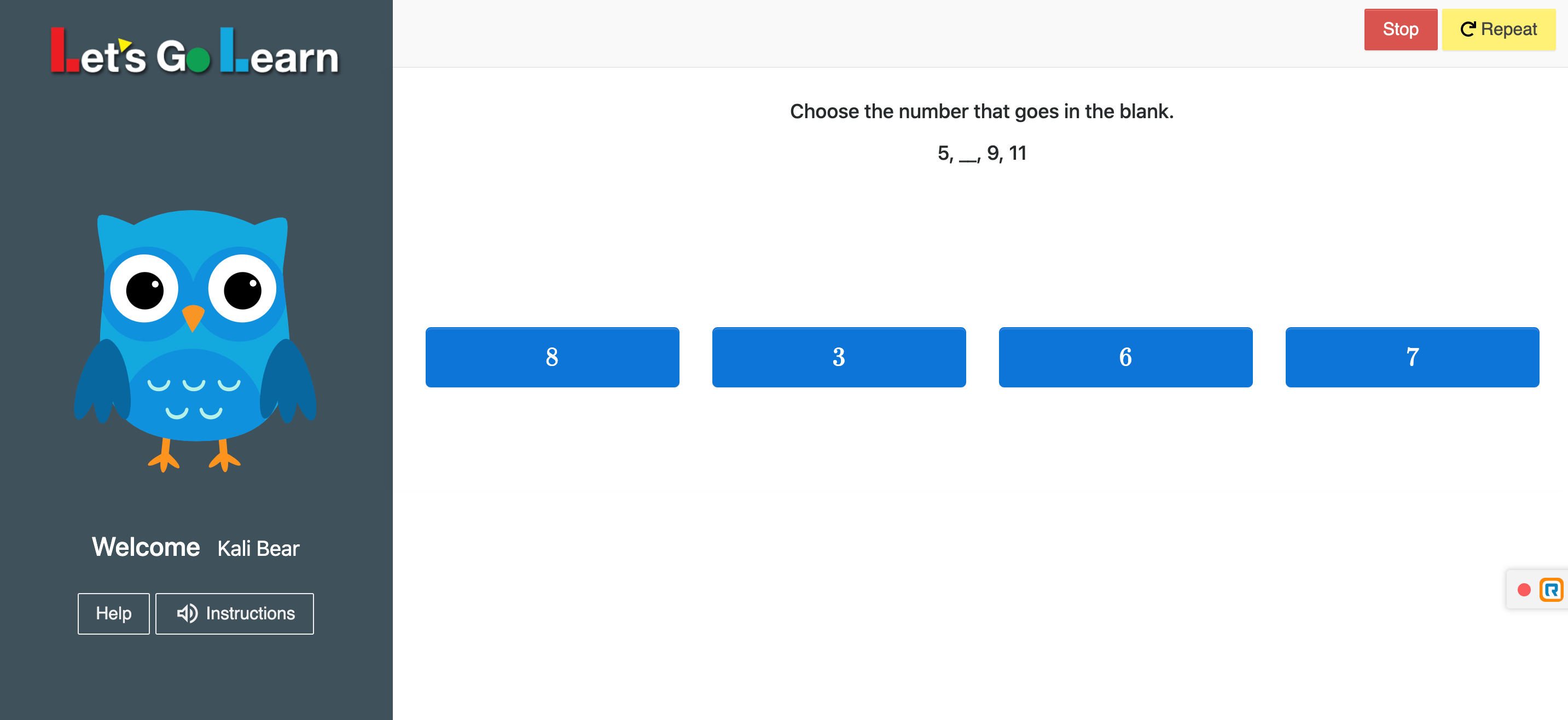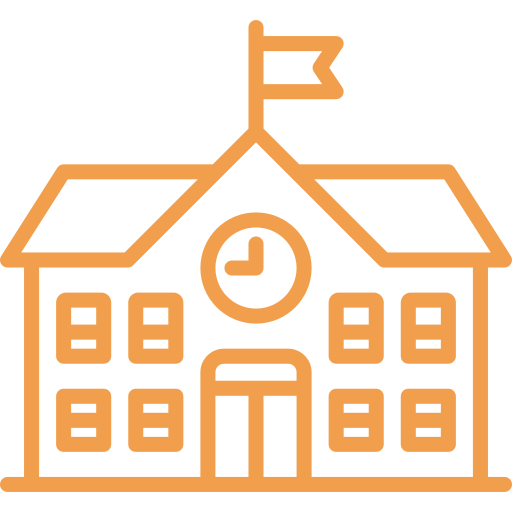Let’s face it: we know that our students’ education suffered this past year due to school closures, experimental hybrid models, little to no peer interaction, and insufficient time for gap filling and remediation. But did you know that math is usually the subject that suffers the most each year, and all the more so during a pandemic-ridden school year?
Students generally begin to develop gaps in math around the third grade. With the introduction of fractions, and topics like measurement, geometry, and algebraic thinking being left till the end of the year (I remember being in the classroom and never getting to these!), students start to fall behind. As the years progress, these gaps cause new ones to form. Once students reach middle school, their math gaps are so confounded that content taught in the classroom is at a frustrational level, and they often lose confidence and shut down.
Learn more about Dyslexia Screening today!
As summer approaches, it’s a great time to start thinking about your summer school program and how you can use it to quickly close those math gaps. Here are a few things to think about:
- Comprehensive math diagnostic: Do you have access to diagnostic math data? Is the data granular enough to help you formulate flexible math groups?
- Needs-based grouping: Why not use the summer to explore flexible grouping based on math needs regardless of the age of students or the grades they are in? (Obviously, the grouping should occur within reasonable age ranges, like 5-7, 8-10, etc.) This will provide students with older and younger peer interactions, which will encourage them to help each other and to imitate positive academic behaviors. If successful, then maybe you can implement these practices in your regular school year!
- Scheduling time for personalized instruction: Are there students who are significantly behind the mark? If so, then having time for one-on-one instruction tailored to meet students at their zones of proximal development is critical to a successful summer program.
- Professional learning communities: Do you have time set aside for your teachers to meet and review data? Teacher collaboration devoted to understanding diagnostic math data is critical to a successful intervention program.
Give your students the luxury of learning math skills and concepts at their own instructional levels this summer, and you will help close the gap.

Let’s Go Learn’s ADAM math assessment.
While summer sessions tend to be short, the time can be used efficiently to target specific student needs. A recipe for success is to plan to diagnose deficiencies, group students based on commonalities, schedule time for personalized instruction, and allow your teaching professionals to review data.
Give your students the luxury of learning math skills and concepts at their own instructional levels this summer, and you will help close the gap. In turn, you will have students who are more confident during the coming school year! View a case study of LGL Math Edge in use at Montebello USD, which wanted to ensure students in need of intensive intervention achieved maximum gains during a short 14-day summer school program.
Automatic, personalized learning
For more information about Let’s Go Learn’s personalized math instruction, download our Math Edge Brochure.
For more information about Let’s Go Learn’s diagnostic math assessments, download our ADAM Brochure.




Leave A Comment